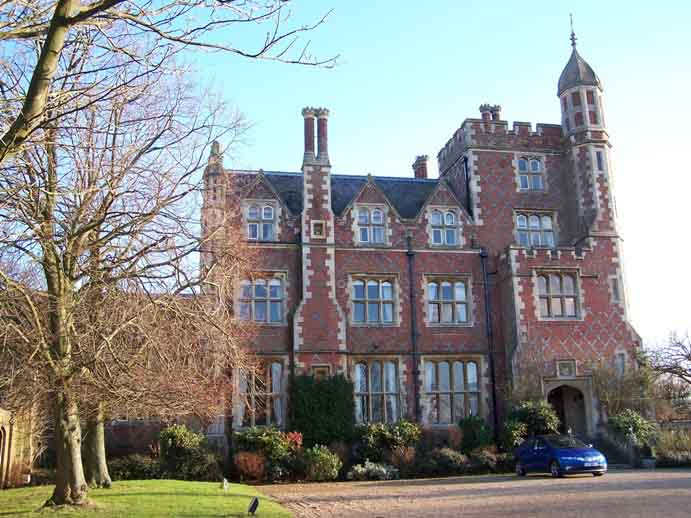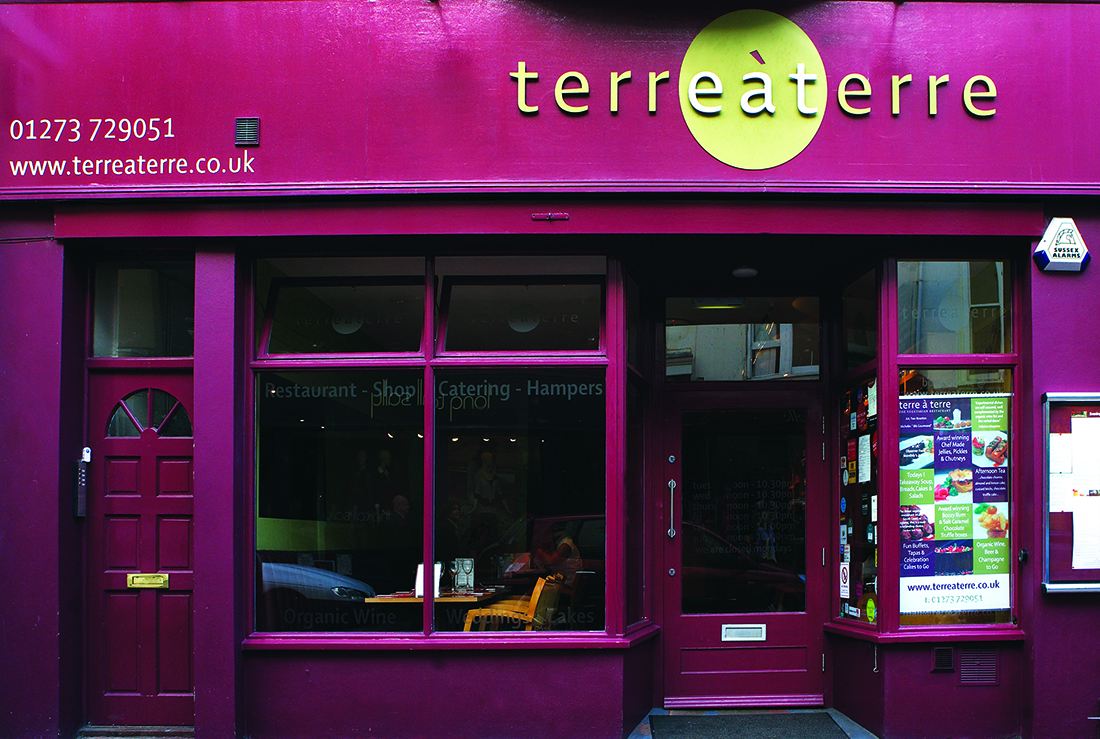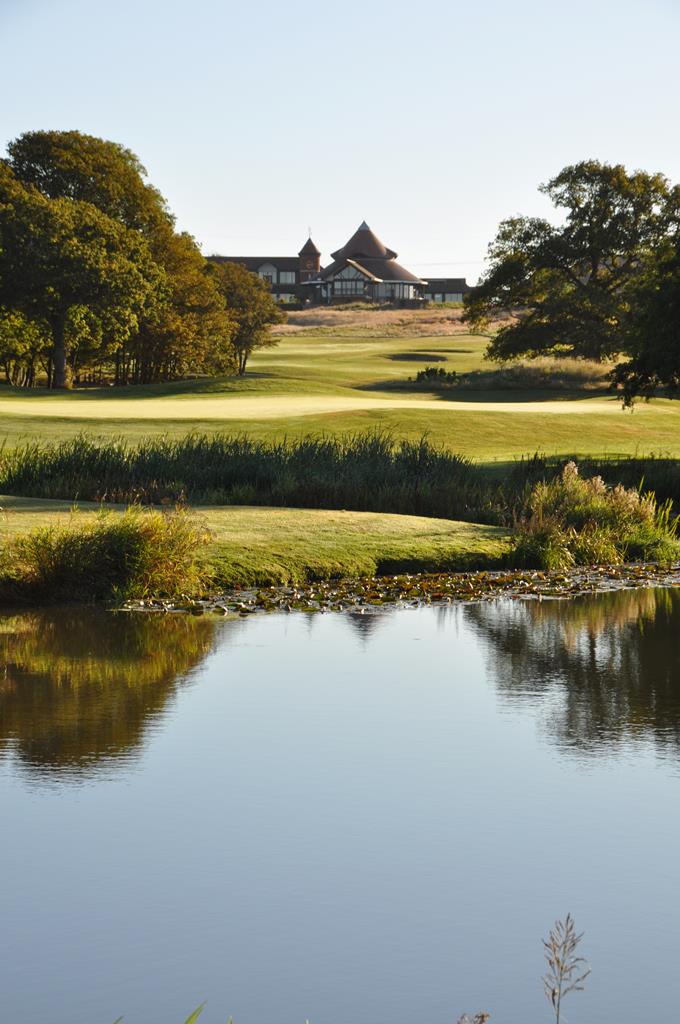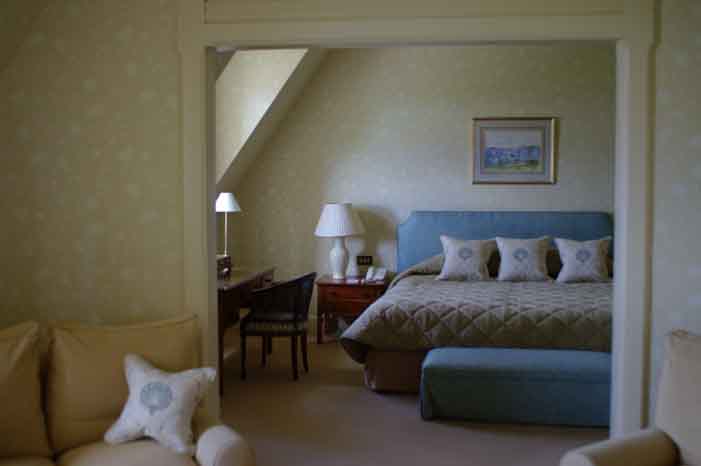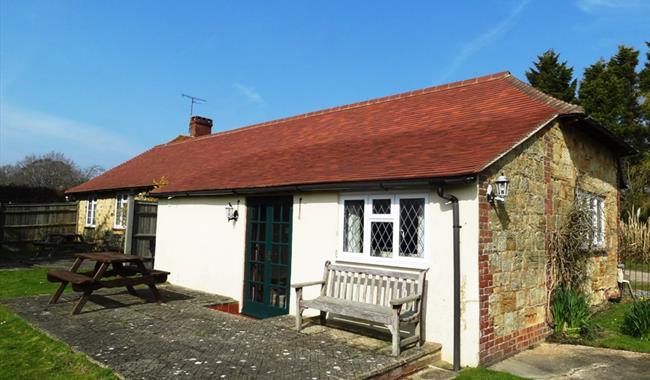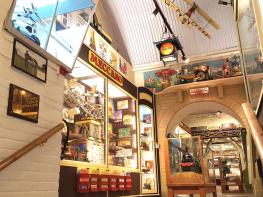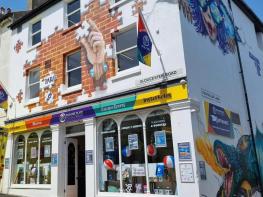Opened officially by HRH the Queen in 2013, YHA South Downs is a uniquely refurbished Sussex…
On the South Downs Way to Blackcap

8.5 miles (13.7kms)
About the walk
The South Downs National Park encompasses Lewes, the largest town within a national park in England and Wales. The placid river scenery of the Ouse just north of the town and the Downs immediately outside create an abrupt transition into deep countryside.
From the river you look towards Hamsey’s remote medieval church, on a tiny hillock. Later, from the Downs, you’ll see Ashcombe Windmill, an exact replica of a six-sailed mill that blew down in 1916. You’ll also pass close to the site of the 1264 Battle of Lewes, in which the rebellious Simon de Montfort defeated Henry III’s men, leading to the beginnings of modern Parliament.
As you leave the river you’ll see great chalk cliffs that are the result of quarrying activity for a chalkpit that was in operation from 1809 to 1880. Four lime kilns processed chalk into lime, which was used for a variety of purposes, including agricultural fertiliser. For the pit’s first 62 years of operation, lime was transported by an ingenious method: a funicular railway operated by gravity. Trucks were loaded with chalk at the quarry, then let down a steeply inclined plane, with the weight of the laden carriages providing haulage for the empty ones that were on their way up to the top, where a large wheel at the top had a braking mechanism. At the foot of the slope, lime was unloaded at a canal (the watery ditch you follow from the river to the woodland), for shipping along the Ouse. The offices of the pit are now the Chalk Pit pub, and two kiln arches survive in the car park, together with the entrance to the railway tunnel beneath the A275.
The walk passes by what was one of the most scenic racecourses in the country, attracting crowds of up to 6,000 until its final demise in the 1960s. The Prince of Wales, the future George IV, is known to have attended races here, and the first such recorded event at Lewes was back in 1751, although a map of 1724 shows a ‘horse course’ on the site. Today the houses and buildings here incorporate the former grandstand, but racehorses are still trained on the Downs around here.
Walk directions
Leave the car park at the bottom corner, by the recycling bins, and follow Brook Street. At the junction with St John’s Hill, turn right beside the L-shaped pond (a former millpond), passing the entrance to the Pells outdoor swimming pool. At the footbridge, do not cross but rather turn left on the Sussex Ouse Valley Way, along the river.
Just after a railway building marked ‘Offham TP Hut’, go through a gate and turn left under the railway bridge. Go along the field edge by a water channel, and through a gate into woods (the site of the foot of the inclined railway). Turn right on the woodland track. Eventually keep to the left of a pylon.
Emerge on the road opposite Offham church, turn left and cross the A275 opposite the Blacksmith’s Arms. Turn left along the pavement, then after the last house (Toll Cottage) turn right into woodland, immediately forking right. The track rises steadily.
At the next waymarker go through the gate on the right (leaving the track) and follow blue arrow markers through the woodland, eventually rising to an open strip up on the left, along the edge of the woods. On emerging onto downland, go forward, keeping to the left of the nearest pylon, and pick up a path, through a gate and forking left up to the fire beacon on Mount Harry. Go along the top of the escarpment to the trig point on Blackcap, then carry on.
Just beyond a gate, turn left onto the South Downs Way. After a gate, fork left at a signpost. At the end of the field, between two gates, leave the South Downs Way by bearing half left along a fence on your right. At the fence corner carry on down, on a grassy path, to descend into Ashcombe Bottom.
Cross over the track and take the rising path half right opposite. Enter a field and turn left along the edge to a gateway, then half right to a gate on the skyline (to the right of the rightmost pylon). Carry on half right, eventually reaching a gate into woodland. Turn left.
Turn right at a T-junction with a chalky track. Descend past gallops and stables of the former Lewes racecourse. Keep ahead through a gate near the buildings, on a hard track which becomes a lane. Where this turns left, go ahead on the bridleway on the left side of a hedge. Ignore cross-tracks and follow this for 1 mile (1.6km).
At a T-junction near buildings, turn left, past the wall of Lewes Prison. Cross the A275, take De Montfort Road ahead, then walk down Paddock Lane. At the end cross by the Elephant and Castle pub, and go down St John’s Terrace (which becomes St John’s Hill), turning right at the bottom to reach the car park.
Additional information
Footpaths and downland tracks
River banks, woodland, downland
Lead required where sheep are grazing and in town
OS Explorer OL11 Brighton & Hove
Brook Street pay-and-display car park, off North Street
Several in Lewes
WALKING IN SAFETY
Read our tips to look after yourself and the environment when following this walk.
Find out more
Also in the area
About the area
Discover East Sussex
East Sussex, along with its western counterpart, is packed with interest. This is a land of stately homes and castles, miles of breezy chalk cliffs overlooking the English Channel, pretty rivers, picturesque villages and links to our glorious past. Mention Sussex to many people and images of the South Downs immediately spring to mind – ‘vast, smooth, shaven, serene,’ as the writer Virginia Woolf described them. She and her husband lived at Monk’s House in the village of Rodmell, near Lewes, and today, her modest home is managed by the National Trust and open to the public.
There are a great many historic landmarks within Sussex, but probably the most famous is the battlefield where William, Duke of Normandy defeated Harold and his Saxon army to become William the Conqueror of England. By visiting Battle, near Hastings, you can, with a little imagination, picture the bloody events that led to his defeat. East Sussex’s pretty towns such as Lewes, Rye and Uckfield have their charms, while the city of Brighton offers museums and fascinating landmarks, the best-known and grandest feature being the Royal Pavilion.
Nearby stays
Restaurants and Pubs
Nearby experiences
Recommended things to do
Why choose Rated Trips?
Your trusted guide to rated places across the UK
The best coverage
Discover more than 15,000 professionally rated places to stay, eat and visit from across the UK and Ireland.
Quality assured
Choose a place to stay safe in the knowledge that it has been expertly assessed by trained assessors.
Plan your next trip
Search by location or the type of place you're visiting to find your next ideal holiday experience.
Travel inspiration
Read our articles, city guides and recommended things to do for inspiration. We're here to help you explore the UK.



